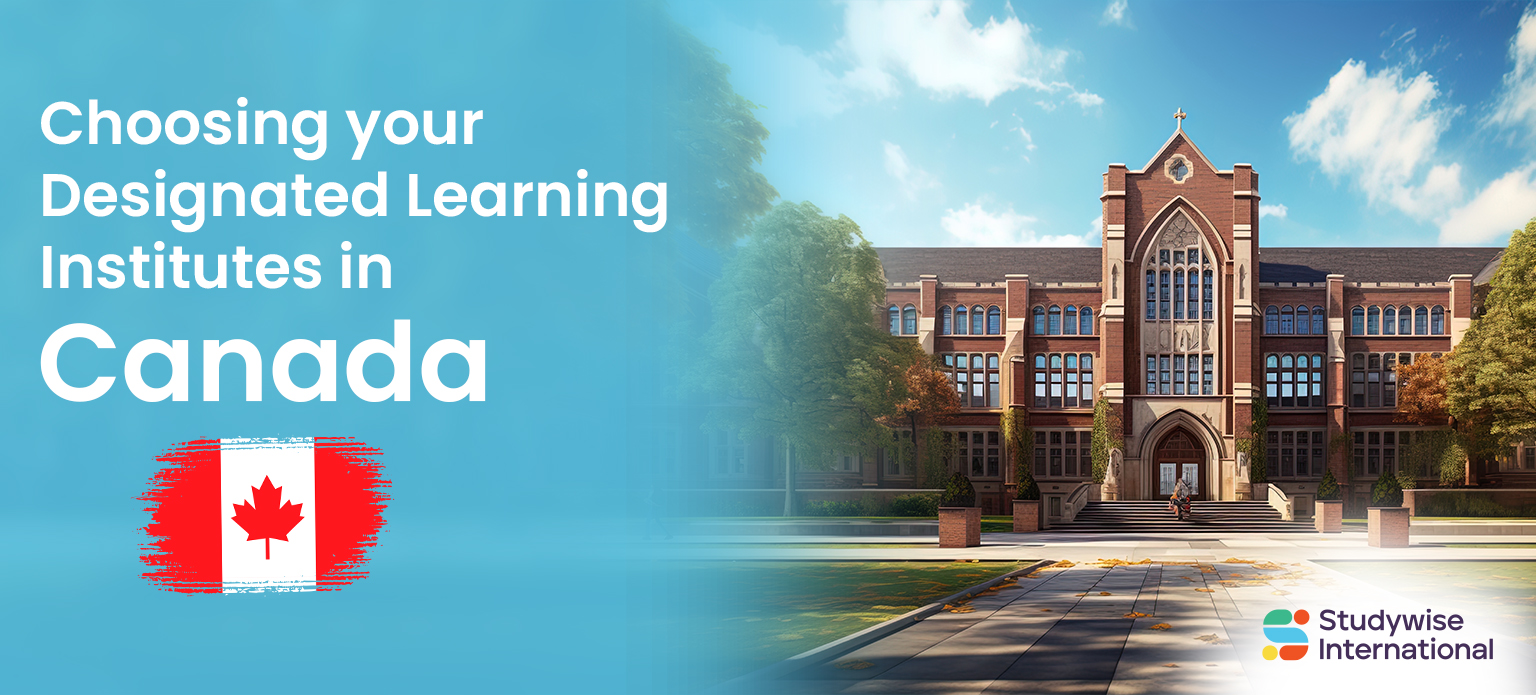
Choosing your Designated Learning Institutes in Canada
- Categories All Study in Abroad Blogs, Study in Canada, Studying Abroad
- Date May 23, 2024
Canada is renowned for its quality education, high standard of living and breathtaking landscapes. Currently, the country holds a population of over 8 Lakh international students. Students planning to study in Canada enrol in their Designated Learning Institute (DLI). Once accepted, universities share a letter of acceptance. This is a crucial process as students need to present this document when applying for a visa. Equally, the current law only approves study visas for applicants accepted into programs in a DLI.
But what is DLI? The provincial or territorial government only approves some institutes to accept international students. Governed by the federal government or a federal agency, the Designate Learning Institutes meet the higher education standards in Canada. If you’re enrolling on a Canadian institute, make sure to check the list of DLIs posted by the Canadian government. The list includes universities, private and public career colleges, vocational institutes as well as language schools. Further, enrolling into a DLI supports their future opportunities by making them eligible for a Post Graduate Work Permit (PGWP) or Permanent Residency (PR). Here is how you can choose your designed learning institute in Canada:
Choosing the Course
Canada is a hub of over 155 universities with 8000 colleges. International students can choose from the 16,000 programs offered by Canadian universities. Yes, that is indeed a large amount. From engineering to humanities and from business to science, there are a lot of choices for Canadian students. To choose the right course, students can shortlist these programs based on the level of education, the field of interest and the availability of research programs.
Moreover, Canadian universities let students choose the subjects to build their courses. Students can select subjects as per their interests and future aspirations. For instance, if you are a Microbiology student with an interest in History, you can include it in your course. Similarly, if you believe that studying an additional language will enhance your entrepreneurial skills, you can add it to your Business course.
University Ranking and Eligibility
The world ranking works on two different modules. First, the overall performance. The first module investigates the facilities and faculties of the university, researcher excellence and outcomes, etc. Secondly, their subject performance. While considering which is a personal choice, students should choose universities on the basis of their ranking to acclaim global recognition. While most universities in Canada are recognised and equally respected, not all are. Particularly, if the chosen university doesn’t perform well in regard to the chosen subject, it is a double-edged sword.
Universities have different eligibility criteria for different courses. While diploma and certificate courses have flexible admissions, undergraduate and graduate courses need students to match their eligibility criteria. Typically, both UG and PG students need at least 65-70% in their last academic level to seek admission to the top Canadian universities. Additionally, they need an IELTS score of 6.0-6.5 or a PTE-A score of 60 overall. Likewise, students aspiring to undertake a postgraduate and doctoral need to present a GRE score of at least 320-340.
Intakes
Unlike Indian universities, Canadian universities have three admission intakes in a year – fall intake, winter intake and summer intake. This benefits the students to participate in the admission process by taking the desired preparation time. The fall intake is the primary intake. This intake has the most number of programs available. Students can apply between December and March and begin their classes in September. Furthermore, this intake also has the most availability of scholarships. As a result, the competition is cut-throat.
The secondary intake has its application open from September to November. While the number of programs is not declining, the winter intake only avails limited scholarships. It is open to students who missed their chance at the first intake. Lastly, the Summer intakes from October to February. Not only do they have selected programs from only a handful of universities, but their batches have a very small number of international students. Notably, students must check the intake required for their choice of programs and universities.
Financial Aspects
The major factors of cost students can bank on are pre-arrive expenses, tuition fees, rent, transportation and utilities charges. If they are working part-time, they will also be required to pay taxes on their income. Health insurance is also another indispensable expense.
Starting off with the university application fee of INR 7,588.18, the pre-arrival expenses start with visa applications (INR 8,841). As a part of the visa process, there are also payments made for Health Insurance (INR 17,000 to INR 44,000), English Proficiency Tests or Entrance Tests (INR 10,845 to 21,000) and Biometric Fee (INR 5,000). This amount sums up around INR49,274 to INR76,274. Apart from this, the flight tickets cost over INR 1 Lakh. A GIC purchase of INR 6 Lakh is also mandatory.
Education Fees
The quality of education the universities offer determines the education fees. Indian students can expect a fee of INR 6,46,000- 16,15,000 for an undergraduate course of 3-5 years. Conversely, programs also have a variation in education fees. Engineering and medical programs comparatively cost more than other UG courses and can cost INR 11,69,000. Natural science and Computer Science are the least expensive courses starting only at INR 93,000.
Similarly, postgrad students can anticipate an expense of INR 8,80,400 – 29,35,000 for a 1-2 year course. The tuition fees of a PhD course range between INR 5,23,300 – 11,21,400. Their quality research programs have access to professional mentorship, state of art facilities and extensive research documents. Vocational courses vary heavily in length, they too are billed monthly and start at INR 4,25,000. Whereas, the popular language courses are charged for a certain number of weeks. Typically, these cost between INR 20,000 to INR 26,000.
Living Expenses
In addition to the tuition fees, students can bank up for a cost of living of INR 66,780 per month. There are several on-campus and off-campus accommodation options for international students in Canada. These accommodation ranges between INR 2,67,000 to INR 5,39,000 per year of stay. The monthly expenses are food (INR 17000- INR 44000), transportation (INR 4,300-INR 6,000) and books and supplies starting at INR 60,705. Additionally, entertainment could cost INR 43,770 per month. To apply for a work permit, students need to pay a one-time fee of INR 11,943.
Scholarship Availability
Many universities offer scholarships to deserving international students in Canada, and this can ease the burden on your pocket significantly. Grants and scholarships often have certain eligibility criteria attached to them. Some popular university scholarships are Dalhousie University scholarships, the UBC International Leader of Tomorrow Award and the York University International Student Program. Exceptionally, scholarships like the University of Alberta International Scholarship, National Indigenous Scholarship Program and Ontario Graduate Scholarship are only for UG students. The availability depends on merits and, as discussed earlier, the intake. Further, the government too offers Banting Postdoctoral Fellowships and Quebec Provincial Government Scholarship.
Too much to do too little time? Let us help you. Connect with Studywise International for a FREE CONSULTATION today!
You may also like

Ireland Intake 2024-25: Universities & Preparation Timeline

TOEFL Scoring System and Validity


